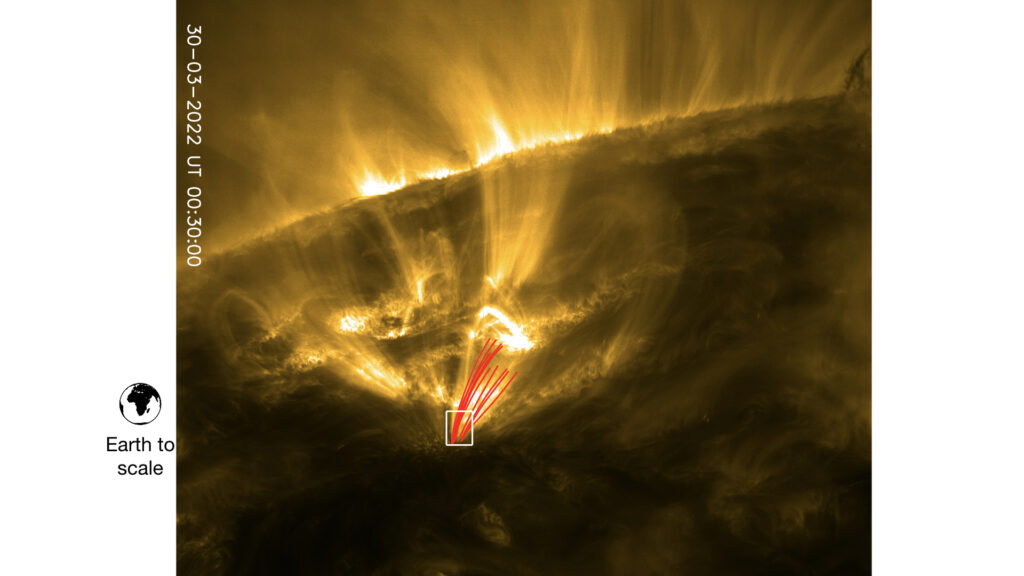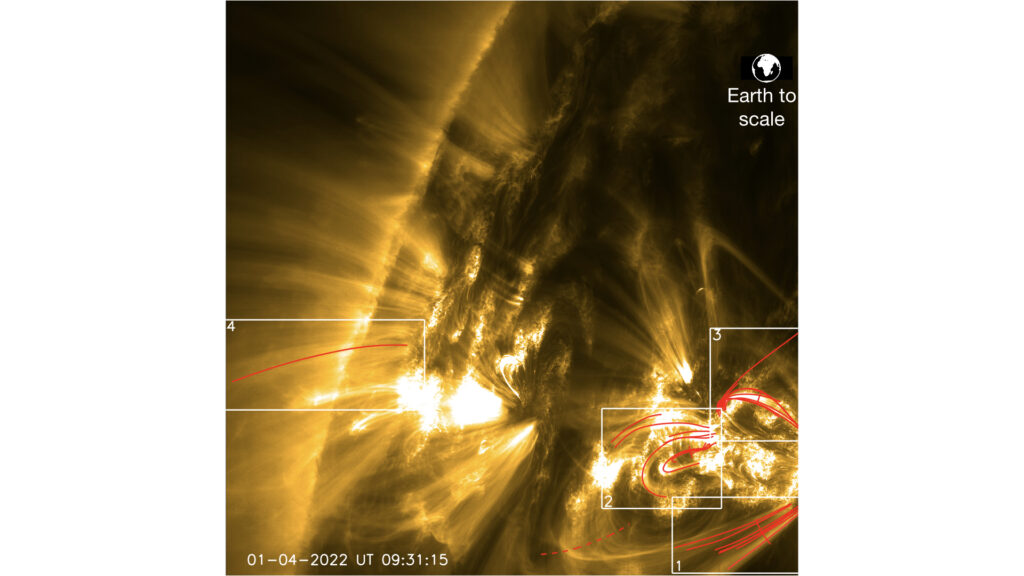Astronomers have discovered an unusual phenomenon on the Sun, somewhat resembling meteors. We are talking about fireballs that form inside the corona and then fall to the surface.

The discovery was made thanks to data collected by the Solar Orbiter probe. In the spring of 2022, it flew at a distance of 49 million km from the Sun, receiving detailed images of the corona — the outer part of the solar atmosphere, heated to a temperature of about a million degrees.
The Solar Orbiter managed to see the coronal rain. It occurs due to rapid local temperature changes, leading to the formation of super-dense plasma clumps reaching 250 km in width. They then fall into the Sun at a speed of more than 100 km/s, moving along the magnetic field lines.

The probe also observed the processes of heating and compression of gas under plasma clumps. The analysis showed that in the process of their movement, in just a few seconds, the gas heated up to a million degrees.
According to the researchers, due to extremely high temperatures, many of the processes occurring inside the corona still remain hidden for spacecraft. But the discovery of coronal rain is a huge step forward towards a better understanding of the physics of the Sun.
According to https://ras.ac.uk
Follow us on Twitter to get the most interesting space news in time
https://twitter.com/ust_magazine
